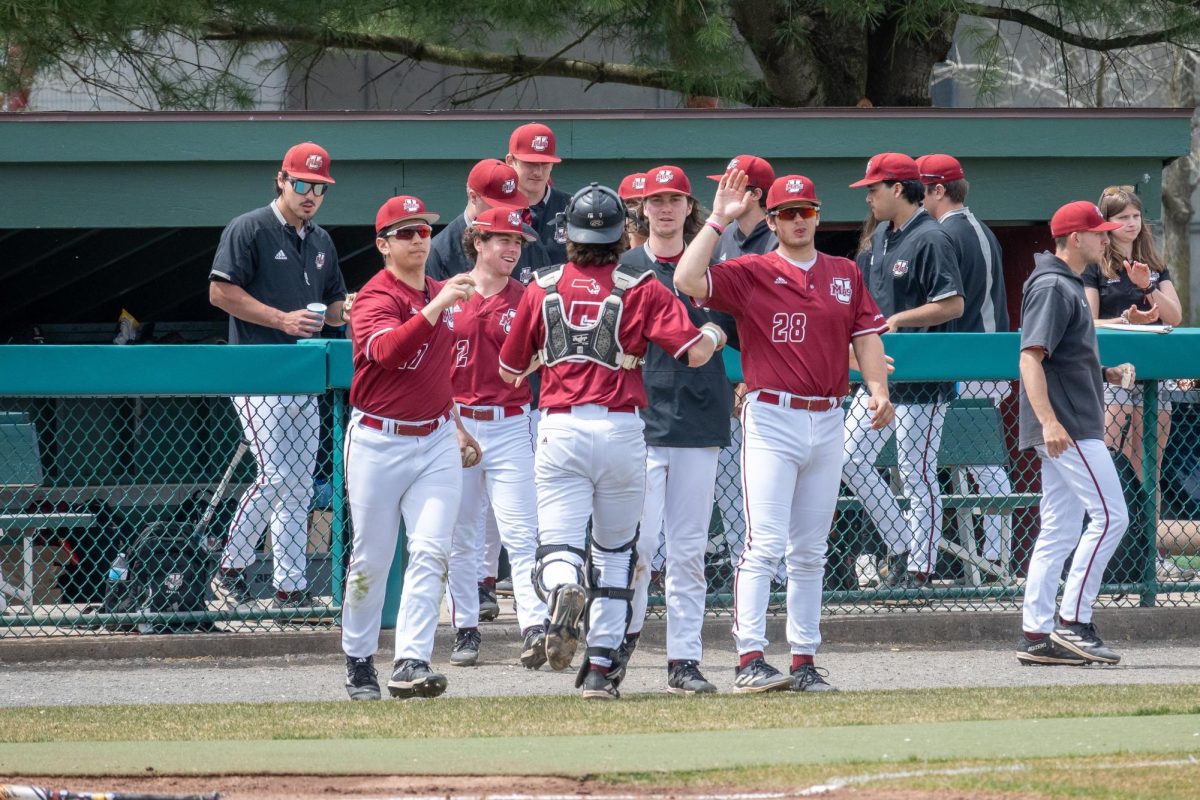
“The Diary of a Teenage Girl” is just that – a coming-of-age story that’s genuinely observed through its subject’s eyes. The film opens on a sun-kissed San Francisco park in 1976. Fifteen-year-old Minnie Goetze (Bel Powley) walks through the lush green space with a new spring in her step. “I had sex today,” she says in voiceover. She describes the encounter as the film flashes back to reveal that she slept with her mother’s boyfriend.
Writer-director Marielle Heller takes a tactful and caring approach to the subject matter. She lets Minnie speak for herself. That’s a good thing, since Minnie is one of the most vibrant protagonists I’ve seen in a while. She’s funny, self-effacing, precocious and unflinchingly honest. She records a diary on cassette tapes – her growing collection fills a shoebox – and I quickly grew to trust her voice.
Powley fully enlivens this nuanced character. She makes Minnie instantly likeable. Her performance equally conveys Minnie’s angst and confidence. I believed every private detail Minnie disclosed, and felt more like a confidant than a passive observer of her personal account. Powley captures Minnie’s charm and won me over with her dry, sharp wit.
Minnie is an aspiring cartoonist, and Heller deftly balances her sexual and artistic awakenings. The film was adapted from a graphic novel, Phoebe Gloeckner’s “The Diary of a Teenage Girl: An Account in Words and Pictures,” and the format translates well to screen. Hand-drawn sequences from animator Sara Gunnarsdottir often overlap or take over the live action. These colorful, playful flourishes offer an intriguing look into Minnie’s creative headspace. The animation bolsters heartfelt and humorous moments.
Brandon Trost’s cinematography keeps everything looking groovy. He washes scenes in saturated colors befitting the 70s-era setting – the hazy interiors of clubs and houses, and the garish clothing styles all appear appropriately lush. Curated songs on the soundtrack bolster the movie’s spunky energy, and Nate Heller’s original music – a warm mix of guitars and bubbly synthesizers – mirrors the more affecting and intimate aspects of the narrative.
Heller embraces Minnie’s burgeoning sexuality, shaping the film around her attempts to find herself amid her personal conflicts and newfound impulses. Minnie sometimes feels insecure about her appearance, but her lusty confidence attracts the attention of schoolboys. Some of the film’s subtle moments of critique occur when Minnie pursues her admirers. One boy admits that he finds her passion intimidating and she leaves him. Heller lets that particular scene linger, implicating the viewer who, like the boy, stigmatizes rather than accepts Minnie’s sexual agency.
Late in the film, Minnie thinks about her struggles with building meaningful bonds with other people. Though she finds gratification in sex, she rarely feels her deeper emotional commitment reciprocated. She wonders if she will ever find love in others, then realizes “maybe it’s not about being loved by someone else.” Her character arc comes into satisfying focus as a narrative about finding the importance of self worth. Minnie Goetze is unabashedly herself throughout “The Diary of a Teenage Girl,” and she learns to love that. More power to her.
Nathan Frontiero can be reached at [email protected] and followed on Twitter @NathanFrontiero.


















